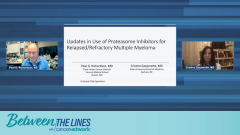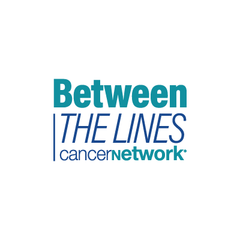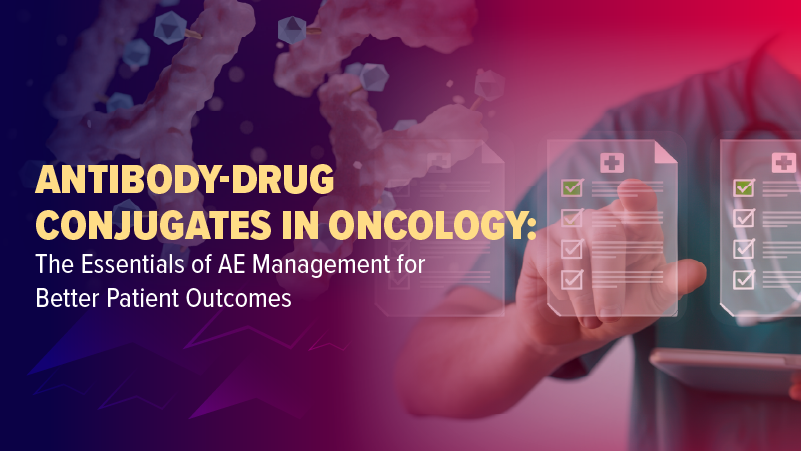
Importance of MRD in Treating Patients With Multiple Myeloma
Continuing their discussion on the management of multiple myeloma, experts Paul Richardson, MD, and Cristina Gasparetto, MD, consider the value of minimal residual disease as a marker.
Episodes in this series

Transcript:
Paul G. Richardson, MD: I do want to add the point that as we think about the implications of MRD [minimal residual disease], for example, in the newly diagnosed population, I think it has a lot more validity as a marker of the quality of response and, potentially, disease control. But I'm sure in your practice, and I love your comments on this, certainly in my practice, I'm careful about how I use that particular marker, recognizing that high-quality disease control with appropriate therapies does indeed translate, and apparently so does MRD. But nonetheless, Christina, are you using MRD routinely in your up-front setting, or are you just saying in certain patients, I might be more informed by it?
Cristina Gasparetto, MD: This is such a crazy, interesting aspect of the disease. I think that the moment that we're going to be able to distinguish the patients who need to achieve the MRD very quickly versus the patients that are OK because time will tell us. We are going to win the war against myeloma, but we are not there. I'm always struggling to try and to figure out why some patients will achieve the MRD over time; you see the depth of the response getting better with time and they're OK, while in other patients if you don't achieve the MRD right away, they will progress very rapidly. They are a risk in myeloma, so it will be very important to try and point all of our heads in that direction in trying to distinguish this patient from the very beginning. Those who require the MRD either way and those who don't need to, and unfortunately, we're not there yet. We can't differentiate, we can't distinguish these patients. So right now we treat them all in the same way. We want to achieve the maximum response because we know that in some patients this translates to a better outcome and so, we believe that it's the same story for all patients. You're correct; it's not. So right now, yes, I'm trying to chase the MRD in the newly diagnosed, and I always put myself in a patient’s position, and so if I have myeloma, I want you to give me the MRD, right? I want to be in remission. I want to stay in remission for the longest time possible. Also, what I think is more important, and you know this very well, is the sequential MRD and the sustainability of the remission, because at 1 point, MRD doesn't mean anything. That's the reason why initially I was skeptical of this study, and then I took it in a positive way since this sustainability is sustainable therapy, and in some patients, I can achieve a deeper response. Then, maybe with time and with a longer follow-up, this will translate to a longer duration of response of remission and maybe overall survival. We’ll see. But yes, I chase the MRD a lot.
Paul G. Richardson, MD: I completely agree with you because, for me, MRD is like that wonderful old saying, “A fool with a new tool is still a fool.” So you know how to deploy in each particular patient’s case and understand the complexity that your key takeaway is sustainability of MRD is everything, and recognizing what I call MRD negativity of the host, because there is no question that there are patients in whom VGPR [very good partial response] is tolerated for a decade or more, and there is some remarkable interaction there between their own immune milieu and their disease that lends them that unique sort of position. That's not a small number of patients; that is actually in my practice a real proportion. I wish that I could give you a finite number, but my impression is it’s not just [unclear].
Cristina Gasparetto, MD: No, it's one-third. We have the slow-growing patients that will never reach the MRD and they’re OK. Then we have the very aggressive patients who will go into MRD negativity very quickly, but they progress very quickly. Then we have the 1 in the middle which are the largest population of patients that we try to cure reaching the MRD, and what that means in terms of the sustainability. We are completely unaware of the multiple phases of myeloma, which is the key.
Paul G. Richardson, MD: That's exactly right. That's one of the greatest privileges of being a myeloma clinician, that at least there is this enormous art form that is involved and yet you’re guided by the science and data. But at the end of the day, it’s sitting down with your patient and assessing them.
Cristina Gasparetto, MD: You’re correct. I always tell the patient that you get to know your myeloma. Going back to the study, the reason why I was sticking in a positive way; it’s because for some patients, this could be a good option. The sustainability and achieving a different mission with time is not necessarily my option for the younger, healthier patients with myeloma. But for some patients, I'm glad that we have this option available; that we have an oral proteasome inhibitor that can be sustained with time. That's the reason why I was thinking a lot when I read the information, and I'm glad that we do have all options for different patients.
Paul G. Richardson, MD: Absolutely, and thank goodness at the moment in myeloma where [we are] 14 or 15 [therapies] strong, if we count in the recently developed cellular therapy. But the important point that is a key one for our audience is we need all hands to the pumps. It's not a zero-sum game, and that's another important construct in myeloma, which is that all of our therapies are necessary. It's not 1 versus the other. Instead, it's how best to sequence them and integrate them for the strategic view across the natural history of any individual patient's disease.
Transcript edited for clarity.
Newsletter
Stay up to date on recent advances in the multidisciplinary approach to cancer.




















































































